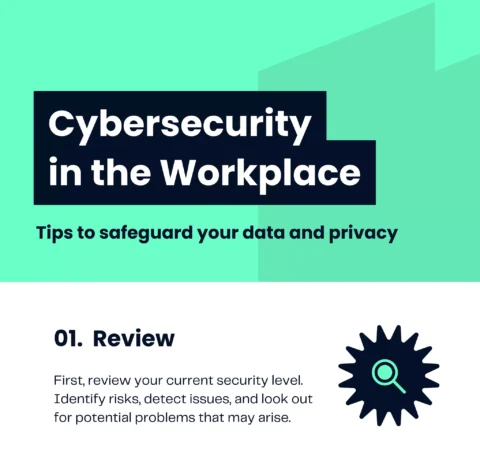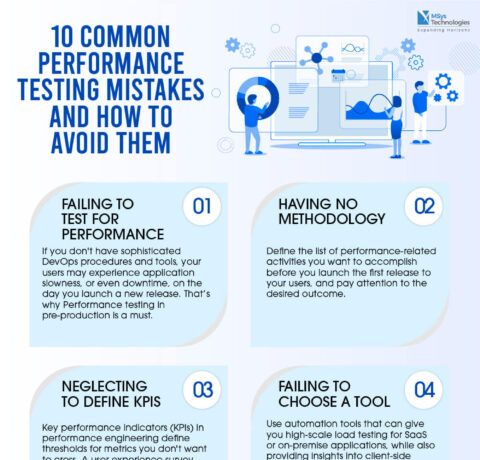Implementing Blended Learning? A Quick Reference For Training Managers—Infographic
Investment in classroom training alone doesn't make business sense for organizations. When you want to leverage the strengths of both classroom as well as online training, opting for blended learning would be a smart decision.
When To Use Classroom Training In Blended Learning
Address The Need For Face-To-Face Interaction
When the need for face-to-face interaction cannot be skipped in training programs such as new hire induction, leadership skills, behavioral and soft skills, etc., classroom training should be used.
When you're teaching learners a new concept on which you expect questions from them, or when you feel they require an instructor's guidance, move that part of the training to the classroom.
Deal With Contingencies And Complex Content
When your training program deals with content related to contingencies and situations that have a high-risk/high-impact on the business, deal with it in the classroom.
When you are teaching complex content and want to facilitate a deep learning experience by letting SMEs answer questions from learners, use the classroom component of blended learning.
Learn From Practice
When you need to give learners an opportunity to practice skills, engage in discussions, or reflect on what they have learned, you could make use of classroom training.
When you need to involve learners in activities such as roleplays, classroom training works well.
When To Use eLearning In Blended Learning
1. Teach Concepts And Procedures
When you're training learners on simple concepts or procedures, use eLearning. Classroom time can be utilized to answer queries from learners.
2. Enhance Efficiency With Skill-Based And Compliance Training
Content related to skill-based and compliance training can be delivered effectively through eLearning. For example, depending on their role, learners would need to know how to use ERP software. eLearning can be used to provide role-based training where learners can choose their role and go through the relevant training.
Similarly, compliance training through scenario-based learning and storytelling helps learners relate the content to real-life situations.
3. Provide Opportunities For Self-Assessment
Assessments can be delivered online to let learners perform self-assessments. Learners can always go back to the eLearning courses on which the assessment is based to refresh their knowledge.
Also, when assessments are delivered online, it is easier for instructors to periodically gauge the effectiveness of their training programs.
4. Deliver Just-In-Time Training
A training manager's responsibility does not end with delivering the right content. He/she also has to take care of delivering performance support (wherever required). Digital formats such as how-to videos, infographics for the visual representation of a process or visual cues in online flashcards can be used to aid Just-In-Time learning and improve on-the-job competency.







You can adjust your cookie preferences here.